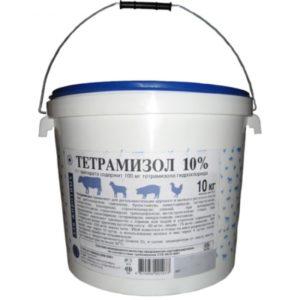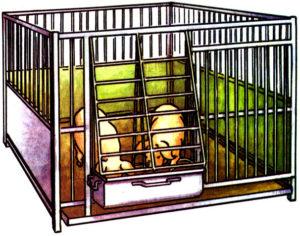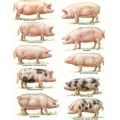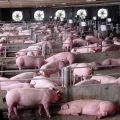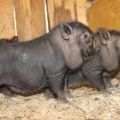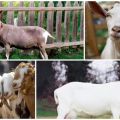How many years do pigs live at home and in nature, the average period
Increasingly, animal lovers are interested in how many years pigs have lived in the wild and in captivity. Piggies do not cause allergies, they are smart, well trained, they remember more commands than dogs, so they are increasingly taken by city dwellers as pets.
Average lifespan of a pig
Wild pigs live in natural conditions, decorative breeds - in houses and apartments. Animals raised for meat, lard, are kept in pigsties. Living conditions differ, so the average life expectancy is different.
In wild nature
The life of wild boars in natural conditions is fraught with dangers, it is threatened by predators and humans. Wild pigs live up to their maximum biological age only in captivity. In zoos, some animals are kept up to 35 years old. In nature, individuals that have lived for 20 years are rarely found.
Wild boars live less than wild boars. They often risk their lives to protect their offspring. The body of females wears out faster. They carry and feed piglets and are constantly under stress. On average, wild pigs live about 10 years.
At home
In pigs raised for fattening, the lifespan directly depends on the early maturity of the breed. The faster the piglets gain weight, the shorter they live. It is easier to estimate the average life expectancy of domestic pigs from purebred breeding animals and domestic piglets.
Breeding boars in good conditions live up to 35 years. Purebred females are not kept for a long time, usually they are slaughtered after the 6th farrowing. In rare cases, thoroughbred sows are kept for 15 years. During this time, they bring piglets 20 times.

Decorative pigs are grown in the house, apartment. These are dwarf breeds, there are about 30 of them, the general name of the variety is mini-pigs. These pigs die naturally from old age and disease. Low-growing species live for about 8 years, some individuals die at the age of 10-15 years.
How long do domestic pigs live?
The vital resources of an organism are determined by genetics. Therefore, first of all, the life expectancy of piglets depends on hereditary factors, and secondly - on the purpose of the breed.
According to statistics, the varieties bred in Asian countries live longer than their counterparts from Europe.
Pigs of the Landrace breed
This is a bacon-trend breed developed in England. The dimensions of adult boars and sows are impressive, the body is proportional. Pigs of the Landrace breed can live 15-20 years, even in adulthood, they actively move, despite their decent weight.In industrial breeding, piglets gain 100 kg by the age of 6 months and are slaughtered.

Duroc
Pig breeders, originating from American and Canadian varieties, are used for breeding purposes. By crossing with pigs of other breeds, productive, early maturing hybrids with high quality meat are obtained. The biological life expectancy of breeding animals of the Duroc breed does not exceed 20 years.
White breed
These pigs don't live longer than 15 years. Animals are mobile, resistant to stress. The meat and lard of white pigs is of high quality, so the breed is popular with pig breeders in Russia and other countries. Purebred boars and sows are used in breeding. Using their genetic material, new productive breeds of pigs (Kemerovo, Belorusskaya, Urzhumskaya) were developed.
Brazier
Hardy animals obtained in Hungary by crossing wild boars and domestic pigs. They have a medium-sized body covered with thick hair, strong limbs, wide chest, straight back. Thick wool protects animals from hypothermia, Mangal pigs spend most of their life in pasture, live up to 25 years.

Vietnamese
This breed is popular among Americans as a decorative breed. In the USA, it is more often given by owners of country houses. Adults gain weight up to 45-100 kg, so problems arise when keeping a pot-bellied Vietnamese pig in a city apartment. Pets live up to 30 years.
Factors affecting life expectancy
Pets do not need to look for food, water, shelter, or flee from predators. People create conditions for them for life. The longevity of pigs depends on their quality.
Nutrition
The feeding regimen and diet depends on the physiological state of the animal. For example, pregnant sows should not be overfed; they need a lot of fiber during gestation. But during the lactation period, feed is needed 2 times more, and to maintain vitality, supplements (vitamins, calcium, phosphorus, sodium, lysine, protein) are introduced into the diet of a lactating pig. Producers have a special diet. It contributes to the formation of high-quality sperm before mating and quick recovery of strength after mating, important elements of the feed:
- protein;
- crude fiber;
- methionine;
- cystine.
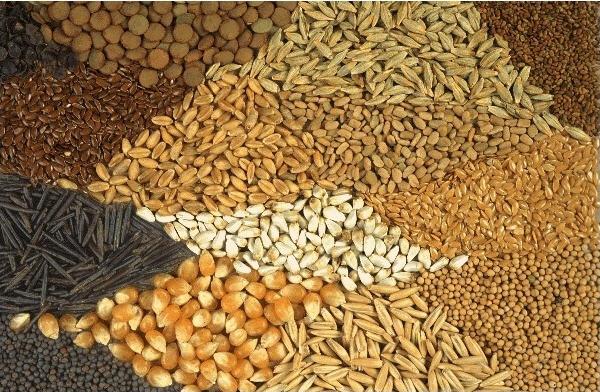
A wild boar per day consumes 3-4 kg of feed containing pea and fish meal, reverse (dry), hay in winter, fresh vegetables and herbs in summer. Ornamental and productive pigs of any breed should not be given foods that cause indigestion: sugar, salt, spices, smoked meats.
Care and maintenance
In the south, pigs live on pasture for most of the year; in temperate climates, they are kept in pigsties. In most breeds, temperatures below 10 ° C cause stress, weakening of the immune system, so the dwelling is made warm. In cold winter conditions, piglets are heated with infrared lamps. Weaning piglets will not survive if the temperature drops below 20 ° C. In addition to temperature, life expectancy is influenced by:
- air humidity;
- walking area, pigsty per 1 animal;
- presence, absence of drafts;
- lighting.

A sow with offspring needs an area of at least 9 m², an adult boar needs 6 m². With crowded content, animals often get sick, die. The main care of pigs is reduced to providing feed, water, and keeping the pigsties clean.
Disease prevention
Timely vaccination is the key to the longevity of any animal kept in captivity. The planned introduction of vaccines forms the pig's immunity, helps to cope with parasites, viruses, bacteria. Pigs are vaccinated from birth against worms and diseases that are registered in the region of residence.There are diseases that lead to the premature death of pigs. Dangerous veterinarians call rickets. This disease affects the entire body of the piglet. The cardiovascular system, organs of the musculoskeletal system suffer.
Immunity decreases with anemia - a pathology of the circulatory system. Nervous disorders caused by Auesky's disease lead to death.
To reduce the likelihood of diseases, animals are provided with optimal conditions for keeping, checked for the presence of worms, deworming, and treatment of infectious and viral diseases are carried out in a timely manner.
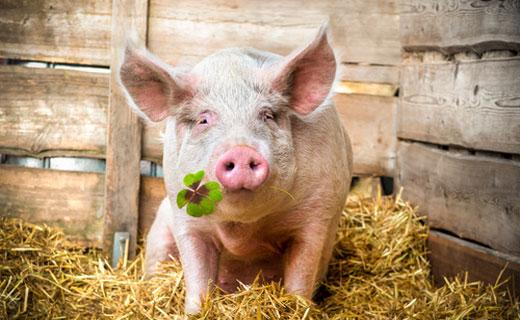
Pigs are also extended their lives in other ways. Boars are castrated, they live longer after castration. In sows, pregnancies are monitored. Bearing and rearing offspring depletes the body. On the farm and private backyard, the life of meat pigs lasts 7-9 months, greasy breeds are sent for slaughter later, after 10 months. Breeding boars and sows are kept for 5-6 years. Under optimal conditions, non-slaughter pigs live for several decades.
